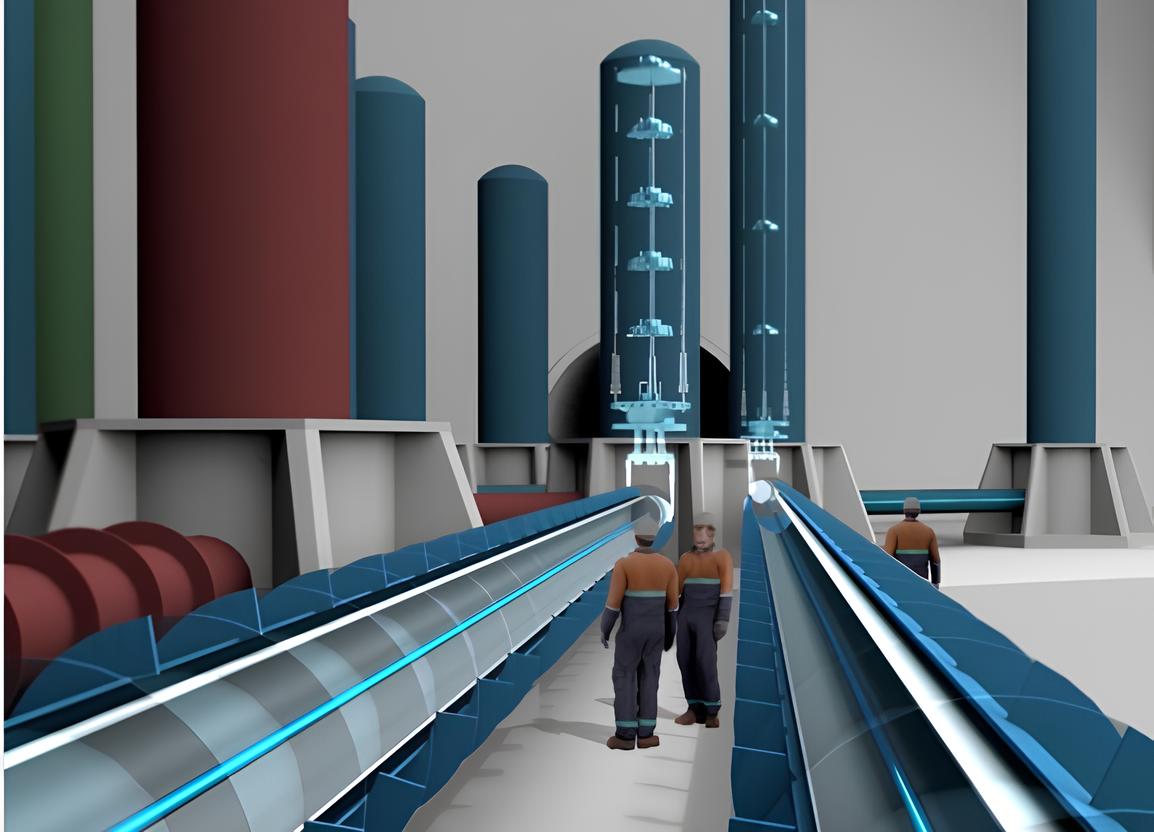Recently, a project has been making waves: it is theEinstein Telescope (ET), the ambitious project dedicated to the study of gravitational waves, which aims to significantly improve the understanding of the universe and its most mysterious phenomena. It is an infrastructure that has peculiar needs in order to function at its best and requires careful examination of the locations that could host it. At the moment, the ECL Leonardo Consortium itself is also collaborating on the technical and economic feasibility study, whose project sheet you can see by navigating to this very site. Right from the start, Sardinia has emerged as one of the most promising candidates in which to implement what promises to be one of the world’s most advanced scientific survey instruments. Specifically, the former Sos Enattos mine, located in the municipality of Lula in the province of Nuoro, offers ideal environmental characteristics for the installation of the complex and is now competing with only one other candidate site in the Netherlands.
And what better occasion to discuss and present the project than the G7 Science Conference? Held between Oct. 28 and 30, 2024 in Oliena, a town not far from Lula, the G7 conference on Major Research Infrastructures provided the perfect opportunity to introduce the papal site to delegates from around the world. The choice to hold the meeting in the vicinity of Sos Enattos, in fact, was not at all accidental, but rather designed as a function of providing a live tour of the former mine and being able to assess its features firsthand. Due to unique conditions, the Sos Enattos area is considered ideal for hosting ET’s scientific infrastructure. In fact, the very low seismic activity and low interference from anthropogenic noise make it an excellent location for such sensitive instrumentation.

Einstein Telescope technology, between innovation and precision
The Einstein Telescope represents a new generation of gravitational wave detectors, designed to overcome the limitations of existing instruments such as LIGO in the United States and VIRGO in Italy. The ET will be able to detect gravitational signals from cosmic events at much greater distances and with unprecedented sensitivity. This type of detection makes it possible to study little-known phenomena, such as collisions between black holes and neutron stars, but also to explore still mysterious aspects of the universe, such as dark matter and dark energy.
Gravitational waves are ripples in space-time generated by extremely violent cosmic events, and detecting them is a complex challenge given their weakness. To minimize interference, the ET will require not only excellent seismic isolation, but also constant temperature and naturally dark conditions, aspects that central Sardinia and the Sos Enattos mine seem able to provide. The isolated location and the absence of artificial light pollution sources in the central part of Sardinia are additional advantages for astronomical surveys and for a scientific project of this magnitude.
The potential global impact of the Einstein Telescope goes far beyond the borders of Sardinia and Italy. The ET will enable scientists to obtain valuable data on the nature of the universe and to develop advanced technologies that could find applications in many areas, including laser technology, precision measurement, and sound and seismic isolation. These developments could lead to far-reaching technological innovations with practical applications not only in research, but also in industry and infrastructure.

Not only science, but also important impacts on the Sardinian territory
The possible installation of the Einstein Telescope in Sardinia would bring with it significant benefits, both scientifically and economically. During the G7 conference, the Minister of University and Research, Anna Maria Bernini, declared the Italian government’s commitment to support the Sardinian bid, stressing the importance of this project not only for the scientific sector, but also for local development.
Sardinia could become a hub of excellence in astrophysical research, attracting a significant number of researchers, technicians and specialists and stimulating academic collaborations with the University of Cagliari and other Italian and international scientific institutes. The University of Cagliari, in particular, could play a key role in the project, training young talent and contributing to the development of new detection technologies.
Einstein Telescope project to help develop Sardinia’s economy
The ET project would create hundreds of direct and indirect jobs, contributing to the economic growth of the Nuoro area and surrounding areas. The presence of a scientific facility of this magnitude would also increase scientific tourism, attracting visitors and scholars from all over the world. The economic impact would not only be limited to the construction period, but would extend over the long term, with positive spillovers in the tourism and local infrastructure sectors. Sardinia now has the opportunity to become a center of excellence for scientific research and technological innovation. The candidacy of Sos Enattos as the site of the Einstein Telescope could mark an important turning point for the island to contribute to the necessary economic and technological development of the area.
The Einstein Telescope is not just a science project; it is a vision for the future of Sardinia and research in general. The G7 conference emphasized the need to integrate science with public policy, fostering an environment that promotes research and development. Sardinia, therefore, is not only a stage for science, but becomes a key player in the international research landscape.

